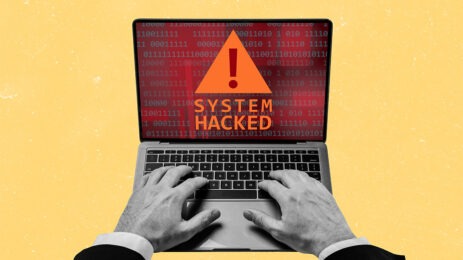If you haven’t already heard, live streaming at events has become all the rage. But where does a meeting planner begin? From Facebook Live to Snapchat and Periscope, there are plenty of options to choose from. And then comes the strategy, for which there are numerous ways to integrate social media within event marketing. For those who are new to social media marketing and live streaming, a great way to start is with a social media takeover. Katie Jackson, brand manager at boats.com, suggests seven easy tips for posting fresh, live content from your next event.
1. Develop a Strategy Before the Event
Before the big day, planners should begin by reviewing the agenda and the topics of each speaker and session in detail. Then decide which sessions or elements of the event are best for sharing on social media. It’s always better to cover a few aspects of the event really well, rather than trying to include everything.
Once you have determined which elements will be featured, such as keynote speakers, product launches or live demonstrations, make sure you know when and where to be in order to recover footage. Think like a journalist and go for the front row seat to capture quality audio and images, or arrive at the booth in time to record the setup of a live demo. Giving yourself enough time is key to delivering unique behind-the-scenes content.
It also takes time to craft posts, filter photos and add relevant hashtags, especially when you are posting on multiple platforms. Allot enough time, at least once an hour, to post content and stay focused on your strategy.
Top Tip: Make sure you have a portable mobile phone charger. Without this, your takeover could be cut short.
2. Be Familiar with the Preferred Audience, Voice and Platform of Brand
You may know your brand and audience inside out, but when it comes to hosting a social media takeover, it’s vital to be familiar with the audience you are trying to reach, as well as how and where to reach them in order to create an effective campaign.
Connect with the brand’s social media or marketing department to discuss which tactics have worked in the past. Also ask for feedback on the most effective marketing campaigns and why they worked.
Let the brand advise you on which platforms they would like you to use, and make sure you are familiar with the platform beforehand. Never posted an Instagram story? Try it out on your personal account and ask for feedback well in advance.
Top Tip: Keep track of all usernames and passwords for each platform you will be posting on, and remember to keep these ready for the event.
3. Know the Key Players, Handles and Hashtags
During the planning phase, make a list of relevant brands and people to interact with on social media during the event, as well as their social media handles and hashtags. This ensures your event will be part of the bigger conversation happening online.
For each topic or session covered during your social media takeover, look up the social media accounts of each company or person you plan to feature. Make sure to like their Facebook pages and follow them on Twitter, Instagram and Snapchat. Tagging them in your post and including their hashtags means you will spread your reach even further.
Top Tip: Follow all of the event stakeholders and feature them in your posts. They will appreciate the support and you will increase opportunities to engage with their audience.
4. During the Event, Greet your Audience
At the heart of every successful social media campaign is the personal relationship with the audience. This holds true especially during social media takeovers, as you are communicating with a new audience. It’s important to gain their trust in order to capture their attention.
Introduce yourself in the first post of the day on each platform—there’s no harm in dropping a selfie, too. Let the audience know who you are and what you’ll be sharing with them over the course of the event. Use a hashtag to indicate your presence on all of your posts, such as #KatieTakesOver.
Top Tip: Not all platforms are hashtag appropriate, so make sure to sign off on your posts the same way every time. Remember, not everyone will have seen your introductory post.
5. Post Live Videos
Live videos are what bring a social media takeover to life. Don’t worry about editing your video to perfection. The fact that it’s raw and gritty makes your video all the more authentic and relatable. You may also notice that the engagement generated from a video post is far more than standard text and image posts.
There are many different channels which support live video, but if you have a strong following on Facebook, the new video streaming option is a great way to interact with an existing audience rather than launching a new channel. Instagram allows you to post videos of up to 60 seconds long.
Top Tip: Quality is better than quantity, so try to keep your videos less than 60 seconds in order to leave your viewers wanting more. Avoid oversaturating audiences with content or boring them with videos that run too long.
6. Give the People What They Want
Successful social media interactions should be focused on creating a two-way conversation to create engagement. Ask the audience what they would like you to share with them. Engaging in a back-and-forth conversation with your new community will help you find out more about what they want to see or learn.
After all, you are their eyes and ears into the event, so you make sure you’re highlighting what is most interesting to them. Depending on the type of event you are covering, ask your followers if there is something specific they want to see, such as a new product launch or upcoming artist performance.
Top Tip: To increase engagement, ask questions and craft posts that invite conversation.
7. After the Event, Report and Repeat
After the event is over, it’s important to take time to review and analyze your results. Look at the performance of different types of posts on each channel. Determine which posts generated the most engagement and on which platforms. There should be some trends which offer insight for future event coverage. You should also notice a spike in engagement compared to a non-takeover day.




